Table of Contents
Understanding the Importance of Efficient Lighting in Warehouses
When it comes to warehousing operations, the right lighting is crucial. Finding the best LED lights for warehouse needs might seem tricky, but remember, the key lies in efficiency and appropriate light conditions. Lighting forms a significant chunk of expenses, impacting both energy consumption and employees’ productivity. It’s not just about illuminating dark corners; efficient lighting reduces the risk of accidents, heightens security, and promotes employee wellbeing.
Spotting defective products, reading labels or barcodes, accurately packing goods, and safely maneuvering around with heavy loads require good lighting. Old-fashioned lighting systems like halogen lamps or high-intensity discharge lamps just can’t measure up to the energy-efficiency and quality of modern LED lighting.
Inadequate lighting can lead to eyestrain, fatigue, mistakes, and even accidents. On the flip side, lighting that is too bright or harsh can lead to glare, creating shadows and uncomfortable working conditions.
- Luminous efficacy: LED lights have a high luminous efficacy, providing more light per unit of power consumed compared to traditional lighting solutions. This makes them a more cost-effective choice in the long run, even if the upfront costs are slightly higher.
- Longevity: LED lamps last longer than conventional lights, reducing the need for frequent replacements and maintenance.
- Better light distribution: LEDs offer excellent directional light output, reducing the need for reflectors and diffusers to trap light. This results in better light distribution, enhancing warehouse visibility without excessive brightness and contrast.
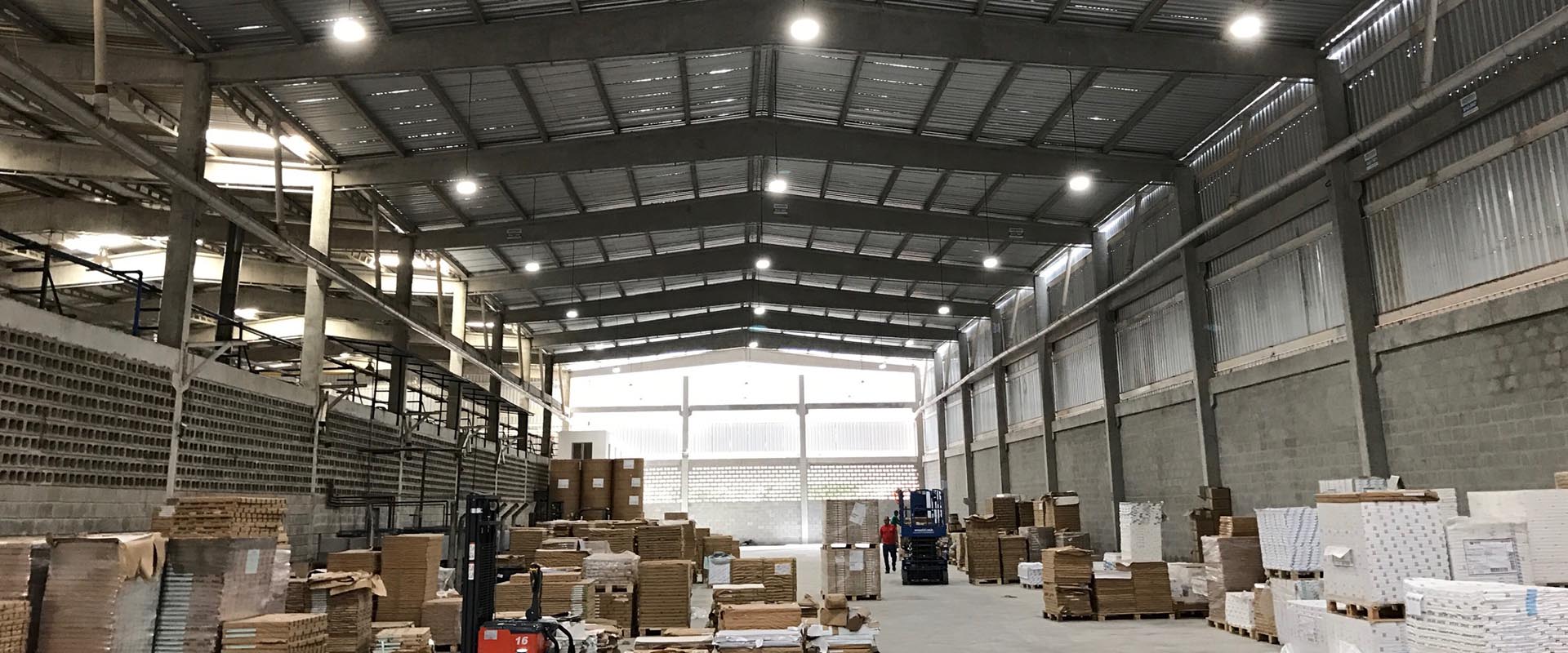
UFO LED High Bay Lights Applications
A Comparative Look at UFO LED High Bay Lights and Linear LED High Bay Lights
When it comes to warehouse lighting, two leading choices are the UFO LED High Bay lights and the Linear LED High Bay lights. They both offer exceptional efficiency and durability, but their design difference results in distinct characteristics that can play a critical role in specific lighting scenarios.
UFO LED High Bay Lights
The UFO LED High Bay lights draw their name from their distinctive disc-shaped design, resembling a UFO. These lights provide high-intensity, broad-beamed, and balanced illumination that is perfect for large and open spaces. Installing them is simple, usually requiring just a hook and chain. Plus, many models have an inbuilt ability to reduce energy consumption during low-use periods, translating into significant energy savings.

UFO LED High Bay Light Distribution
Linear LED High Bay Lights
If you have a warehouse with narrow aisles, the Linear LED High Bay lights are usually the better option. They offer a more focused beam angle, creating a rectangular light pattern that’s perfect for illuminating aisle-style layouts. Furthermore, they allow more flexibility in targeting specific spaces that need more light, enhancing visibility and reducing potential safety risks.

Linear LED High Bay Light Distribution
Regarding energy efficiency, Linear High Bay LEDs are also very commendable. Their enhanced luminous efficacy delivers effective illumination with relatively lower energy usage. They also offer longer lifespans and less maintenance compared to traditional lighting options, leading to cost savings in the long run.
In conclusion, choosing between UFO and Linear High Bay LED lights for your warehouse largely depends on the space’s layout. Whichever option you select, you stand to benefit not just from energy efficiency but also from better light quality and durability that defines LED lighting.
Evaluating the Wattage Range of UFO and Linear High Bay LED Lights in Warehouses
Wattage plays a critical role in determining the amount of energy consumed by the lighting fixtures in your warehouse. In your quest to find the best LED lights for your warehouse, the right choice of wattage can significantly impact energy efficiency and cost savings.
UFO LED High Bay Lights come in a range of wattages, typically from 60W to 300W. These circular-shaped lights are ideal for high ceilings – typically 20 feet and above. Due to their design and power, they spread light more diffractively. Although they consume less power than traditional lighting fixtures, UFO LED lights produce a brighter and richer light, contributing to increased productivity and safety in your warehouse.

UFO LED High Bay Light
On the other hand, Linear LED High Bay Lights are better suited for spaces where detailed tasks occur, such as assembly lines or inspection areas. Their wattage range is slightly broader, generally between 50W to 500W. Their design allows for targeted light distribution, providing a well-lit workspace that can help enhance staff concentration and reduce errors.

Linear LED High Bay Light
While comparing the wattages, it’s vital to consider your warehouse’s specific needs. If you are replacing existing light fixtures, look for LED lights that provide the same amount of luminosity but at a lower wattage. You will have achieved the same light output while reducing your energy consumption. Remember that the primary aim of upgrading to LEDs is to enhance lighting quality while achieving energy efficiency.
Eventually, whether you opt for UFO LED high bay lights or Linear LED high bay Lights will largely be dictated by both the design and logistical needs of your warehouse. If you’re unsure, reach out to lighting experts or do a professional lighting audit- it’s the surest way to ensure you’re making an informed decision that also delivers the most benefits.
The Crucial Factors to Consider When Choosing LED Lights for Warehouses
When selecting the best LED lights for your warehouse, it’s important to look beyond just the price tag. The right lighting system can impact energy efficiency, worker productivity, safety and more. Here are some critical factors to consider:
Luminous Efficacy
One of the key things to consider is the luminous efficacy of the lamp. This term refers to how well a light source produces visible light, measured in lumens per watt. A higher luminosity means the lamp is more efficient.
Color Rendering Index (CRI)
The Color Rendering Index (CRI) value determines how accurately a light source reveals the colors of objects in comparison to a natural light source. Higher CRI value typically means better light quality, which can benefit workers in detail-oriented tasks.
Ingress Protection (IP) Rating
The Ingress Protection (IP) rating, determined by the International Electrotechnical Commission, signifies the lamp’s resistance to dust and moisture. In a warehouse setting, where conditions can get dusty or damp, a higher IP rating can ensure the longevity of the lamps.
Color Temperature
A light source’s color temperature, measured in Kelvins (K), influences the perceived warmth or coolness of light. Warm light (lower Kelvins) creates a comfortable, inviting atmosphere, while cool light (higher Kelvins) can enhance concentration and alertness. The right color temperature for your warehouse depends on the specific tasks and overall atmosphere desired.
Compatibility with Controls
Finally, the LED lights you choose should be compatible with dimmers, timers, or other control systems that you may have in place in your warehouse. Such control systems can help you better manage your energy usage, further adding to the energy-efficiency of LED lighting.
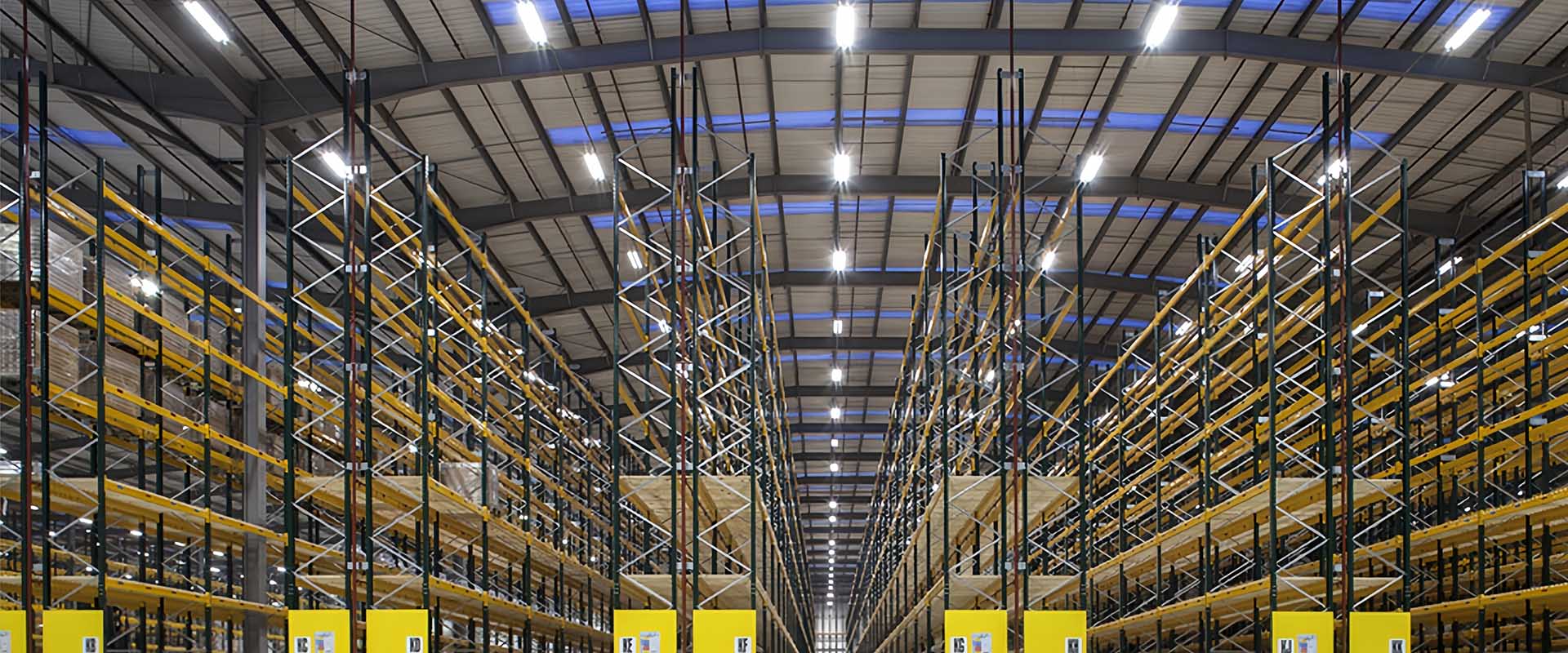
Linear LED High Bay Lights Applications
Finding the Best LED Lights for Warehouse Efficiency: Summary and Recommendations
Identifying the best LED lights for a warehouse requires more than just checking off a list of features. It’s about understanding the specific lighting needs of your warehouse, considering various lighting solutions, and making informed decisions that will maximize efficiency and productivity.
Both UFO LED High Bay Lights and Linear LED High Bay Lights have their specific advantages. UFO lights, with their compact and sturdy design, offer a wide beam angle, making them perfect for general illumination. In contrast, Linear LEDs, with their targeted light distribution, are fantastic for task-focused areas or rowed shelves.
The wattage, lumens, and efficacy are the key factors you must consider. These tell you how much light the fixture can produce and how efficiently it can do so. As a rule of thumb, always aim for the highest lumens per watt ratio while making sure your selected light produces the color temperature needed.
The LED Lighting alternatives are not only more energy-efficient than traditional High-Intensity Discharge, compact fluorescent lamps, and Halogen lamps. They also offer superior longevity, lower maintenance costs, and more consistent light quality.
However, to truly leverage these benefits, always go with products that guarantee quality and performance. Some essential certifications include those from IECEE CB, CE, TÜV Rheinland, and more.
So, want to improve warehouse efficiency with the best-LED lighting? You could reach out to us. As experienced LED lighting industry professionals, we are always ready to guide you in making the right choice that matches your warehouse needs perfectly.
Request A Free Quote Now!
Send us a message if you have any questions or request a quote. We will get back to you ASAP!



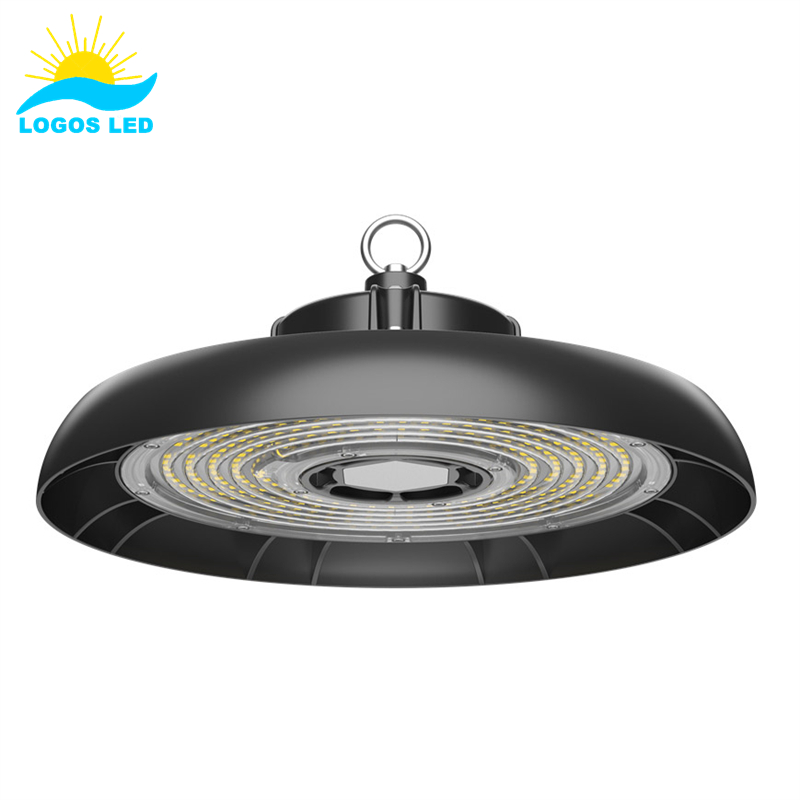

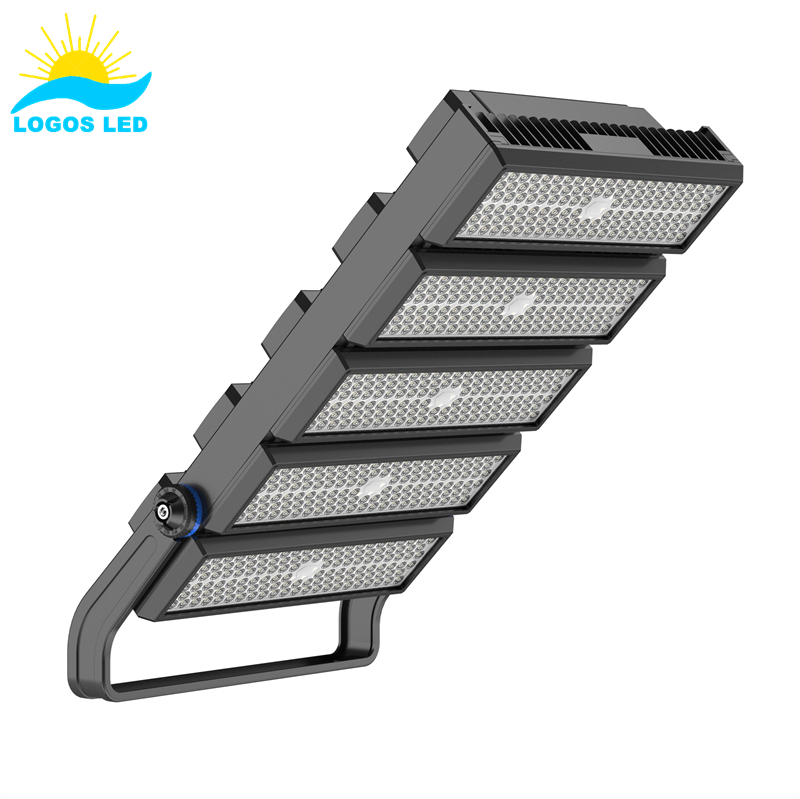
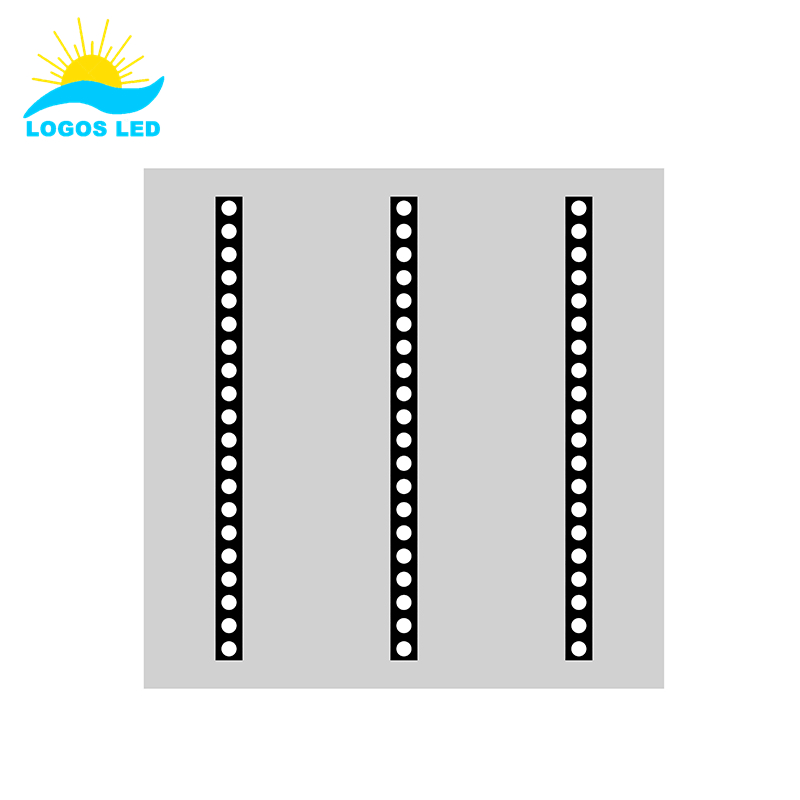
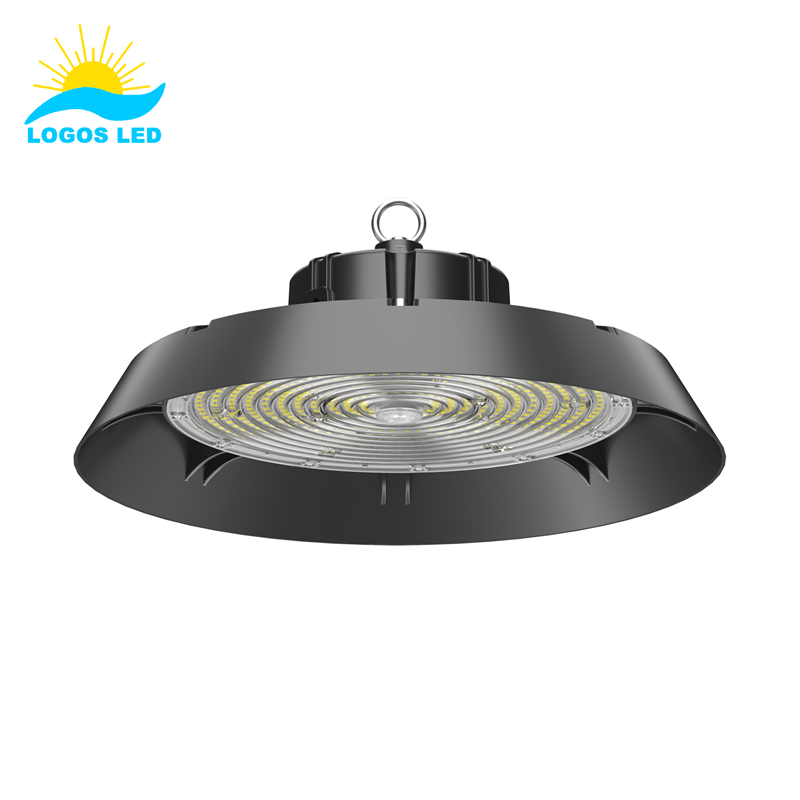
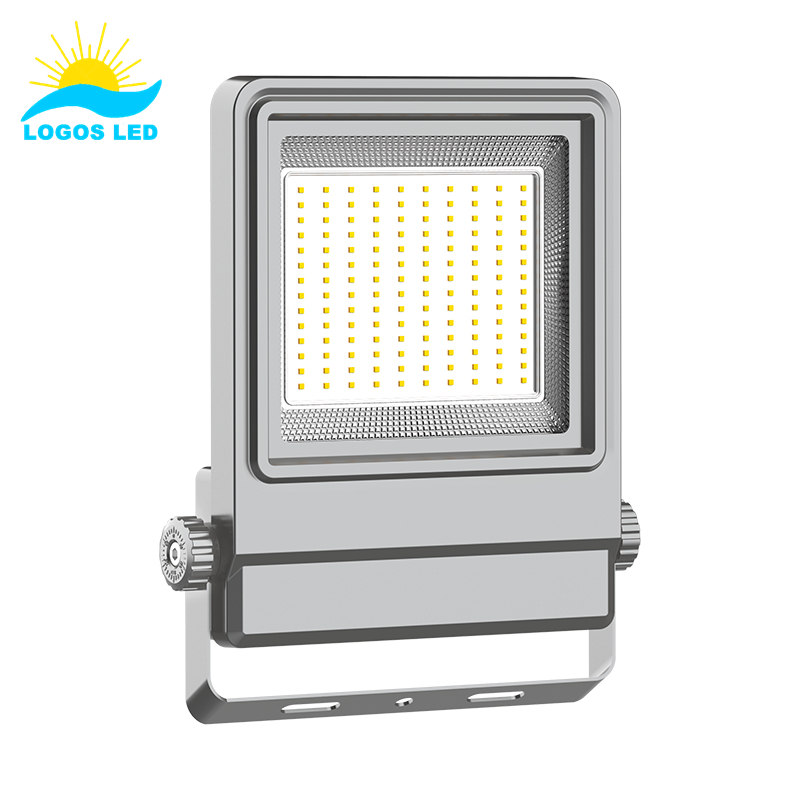

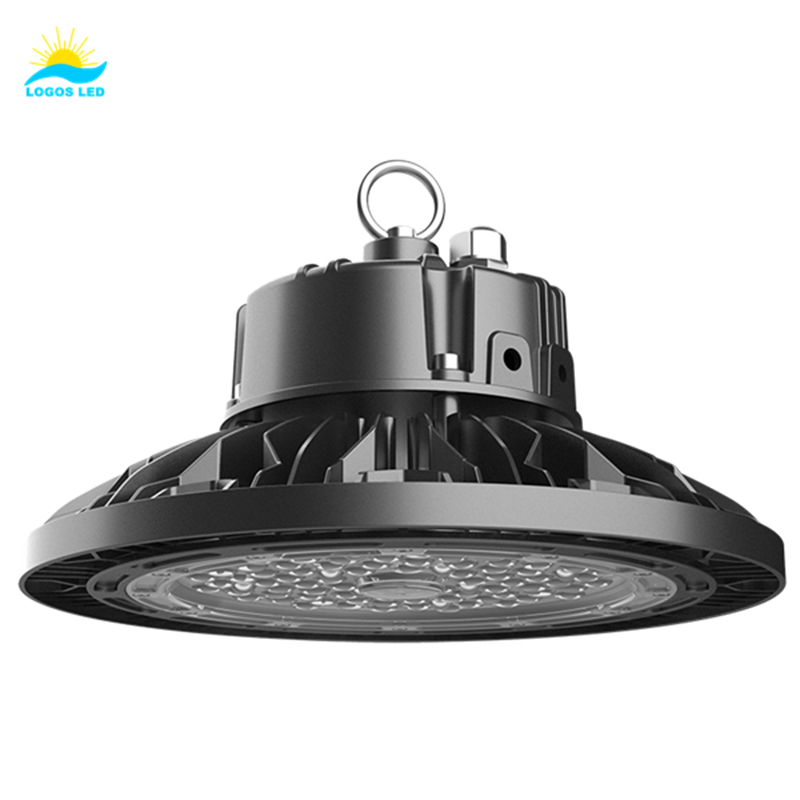
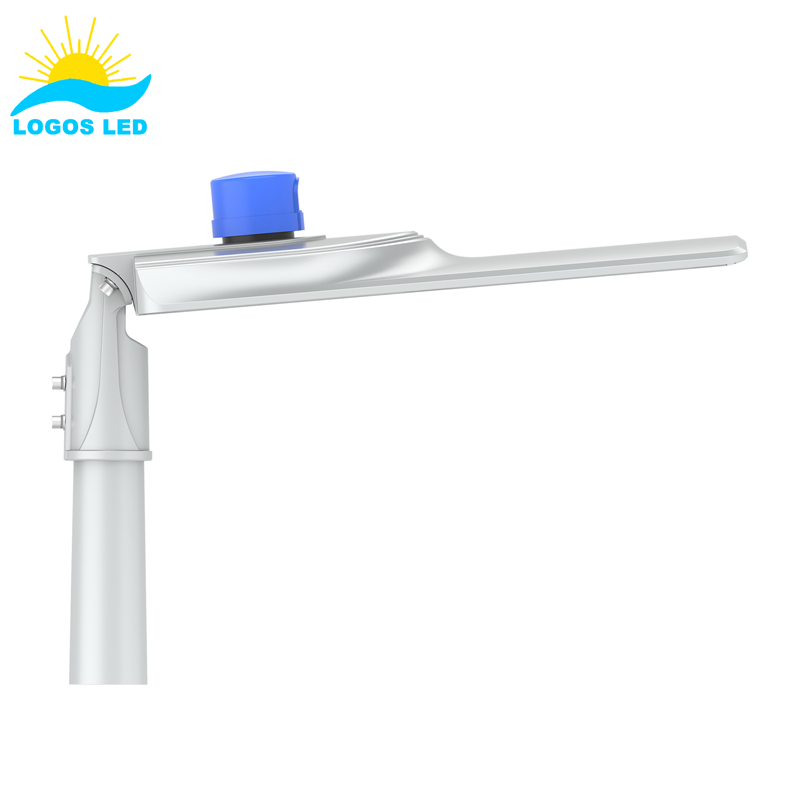

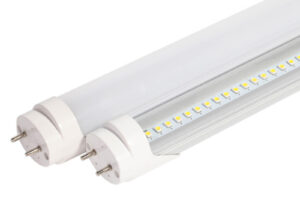

1 Comment
Leave your reply.